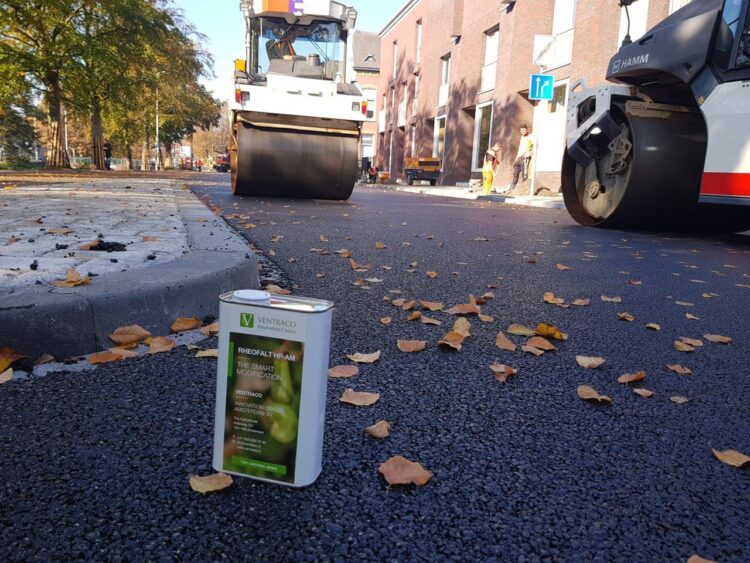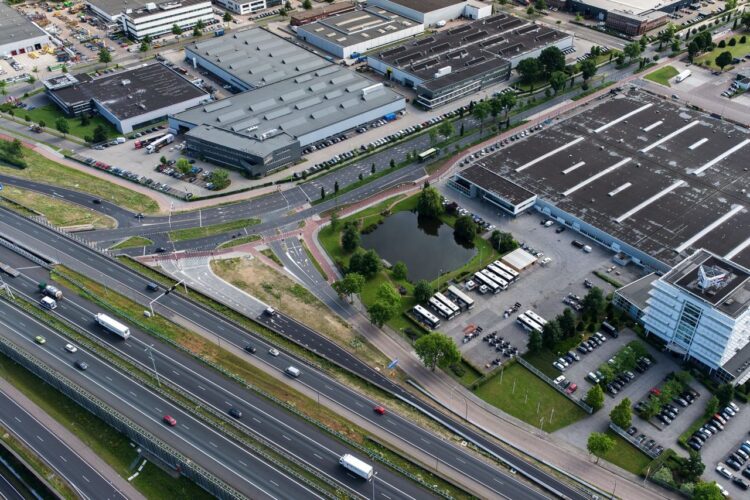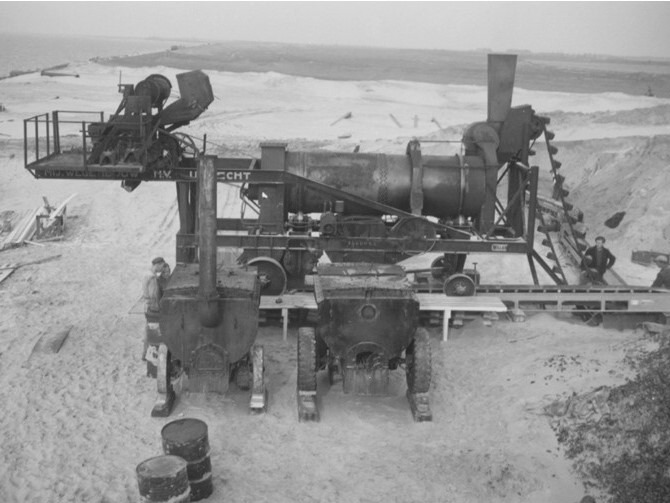Combining the excellent adhesion properties of bitumen with the shape stability of minerals, led to modern road construction in 1870. Since that time the use of asphalt concrete has grown up to 2.190.000.000 tons every year in the entire world. Every 20 years asphalt concrete has to be replaced because of the adhesion reduction between minerals and bitumen. Worldwide that provides a controversial amount of waste because most materials (minerals) have a duration lifetime for thousands of years.
Since 2010 the possibilty of recycling asphalt to almost 100% without loss of quality exists. The ageing part of asphalt, bitumen, can be re-used by adding a small amount of rejuvenation agent into the mixes. Since the large scale investigation and testing period was ten years, it is now possible to recycle asphalt into the highest ratio, by adding RheoFalt- AM of about 0,3% in the asphaltmix. Several techniques are available to recycle asphalt between 40% and 100%, while normal asphalt plants can use recycling up to 40% without changing anything on their plant, by using the rejuvenation agent.
This solution is not only an advantage for environmental benefits. It is very simple to imagine all the heavy materials that have to be (urban)mined, transported, and after 20 years become waste material having a great economic influence. If 50% recycling is used cost prices reduce by 30% while total recycling lowers the costs by more than 50% In normal production capacities of 100.000 tons a year, investing in parallel drum techniques is earned back in about five years.
Co2 emissions are halved, one of the largest reductions known in heavy industries .
Recycling asphalt has grown to a proven technology. With lots of university studies, long lasting pilots and lifetime monitoring, 100% recycled asphalt is the future standard in every way. Read more in our sub-pages.





